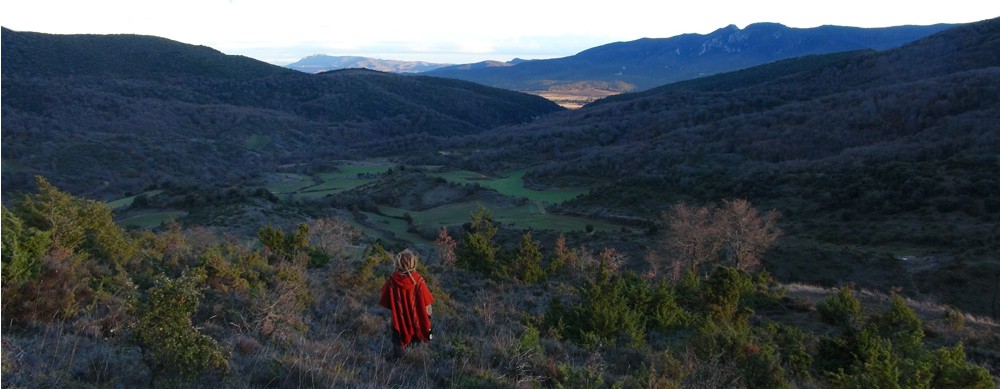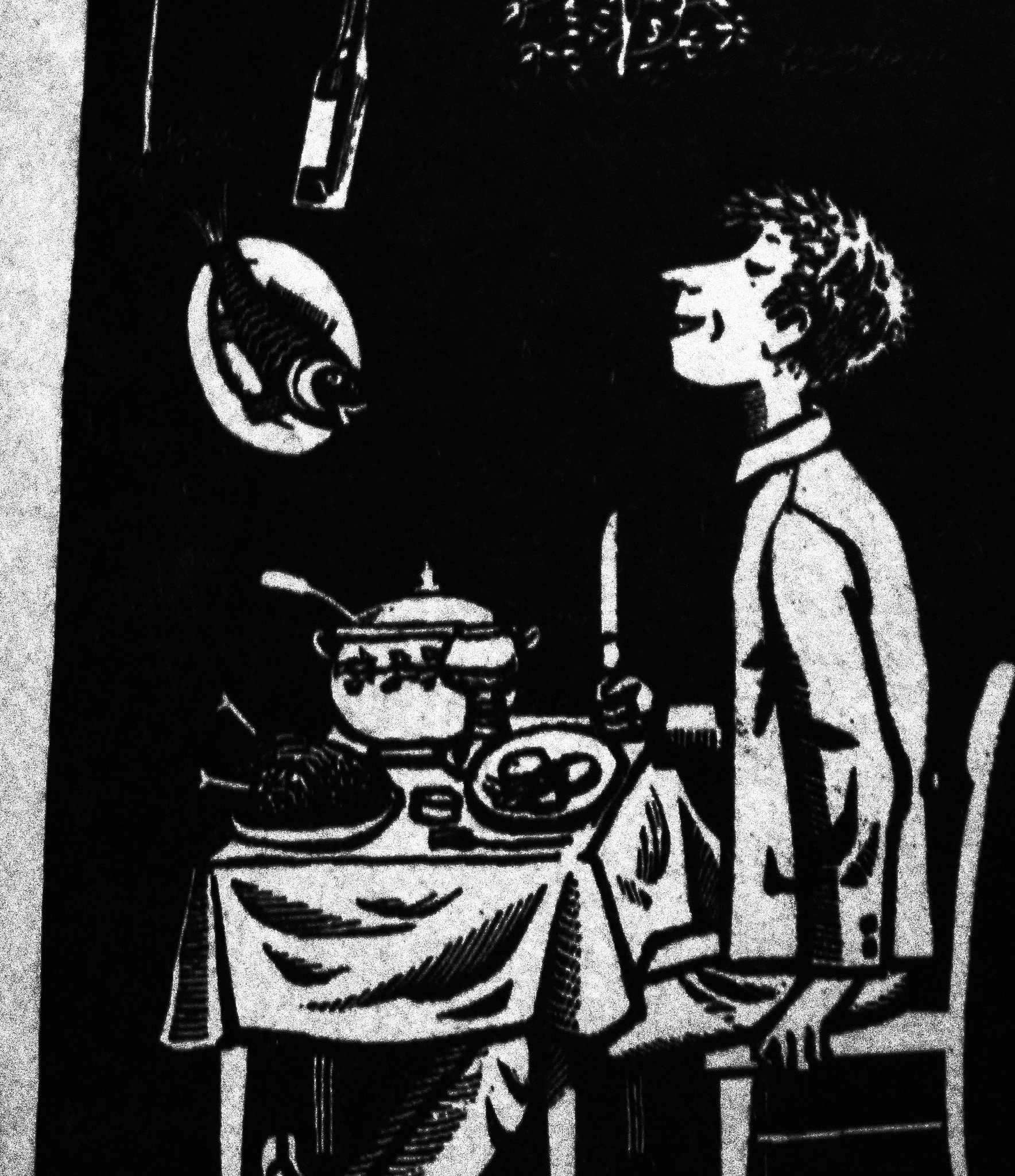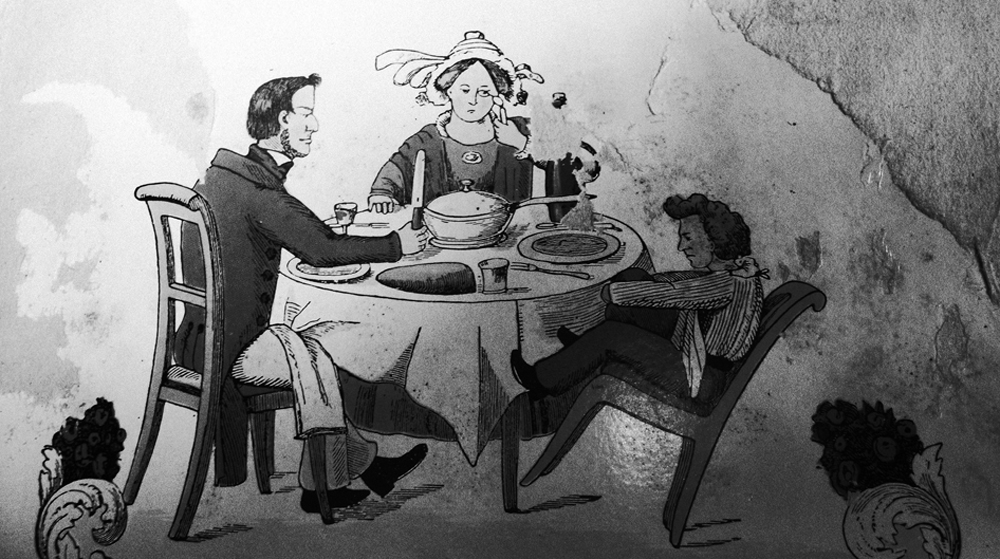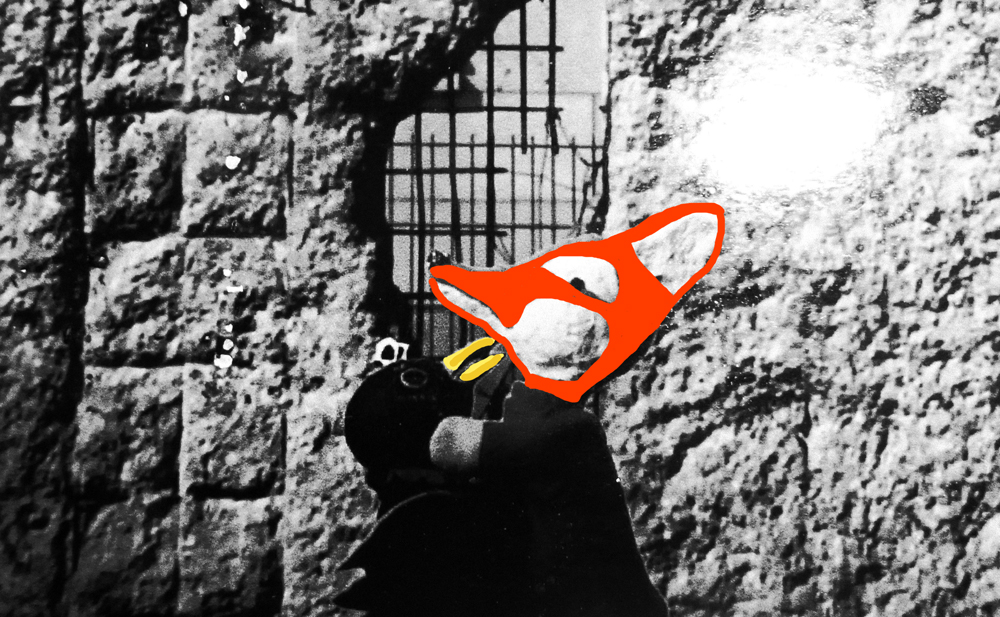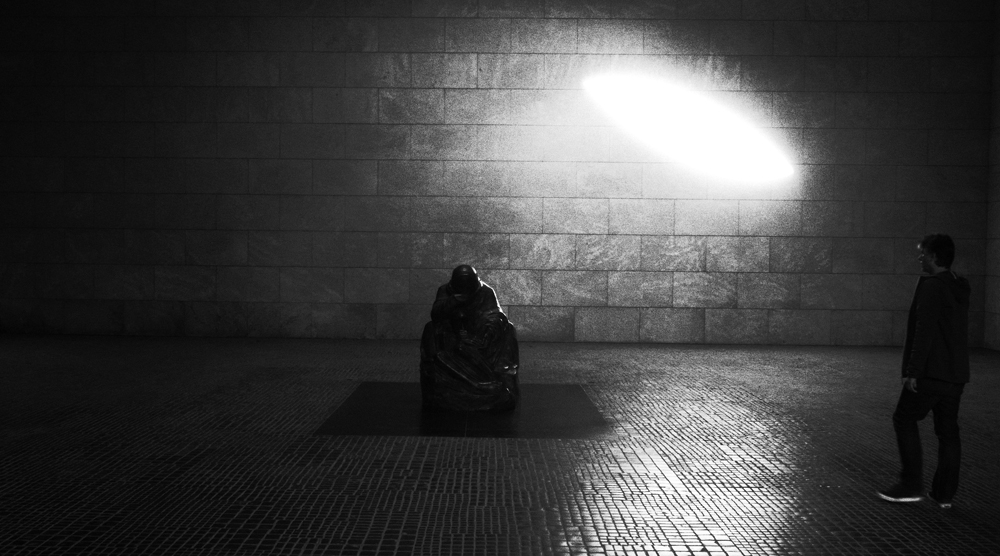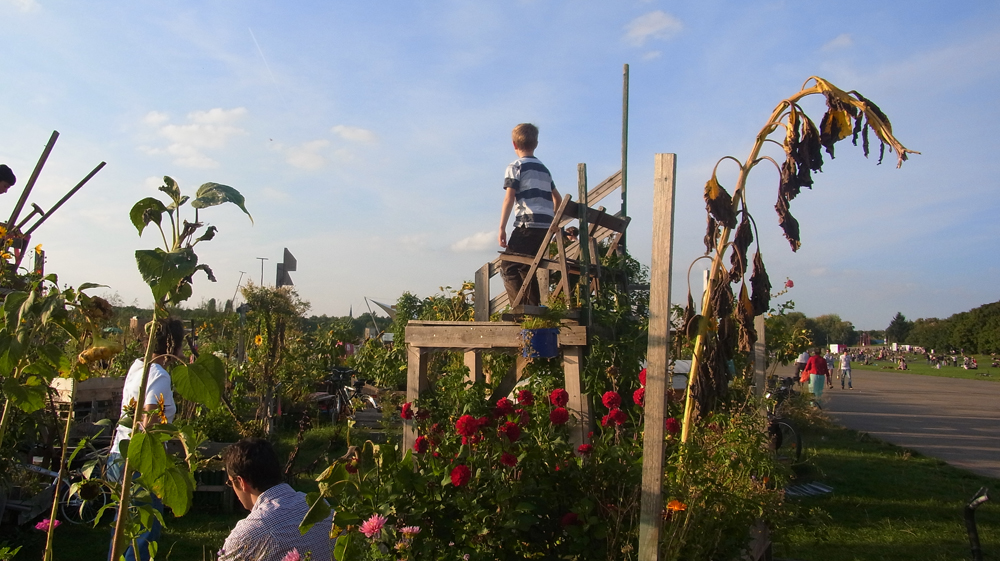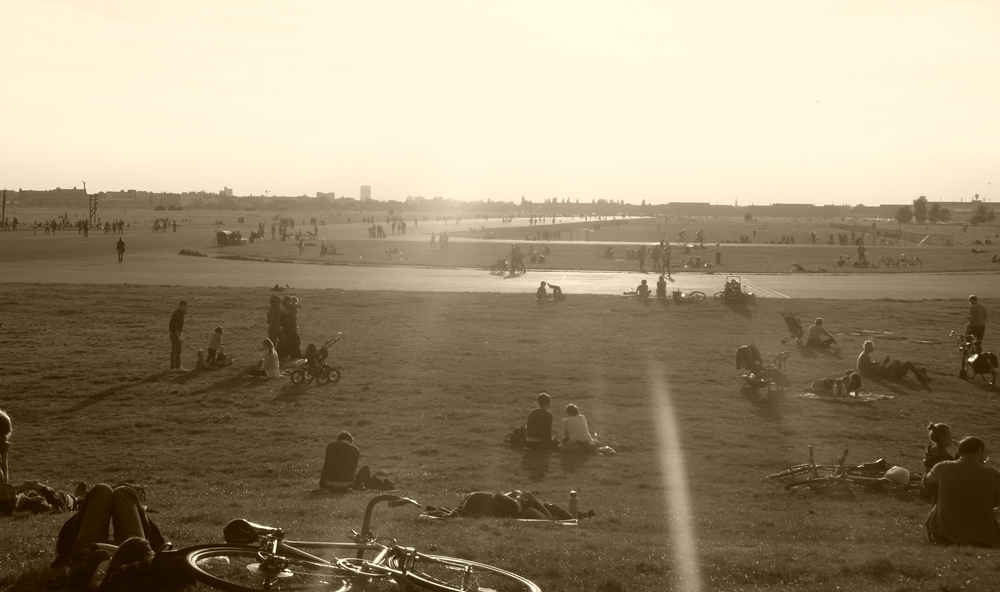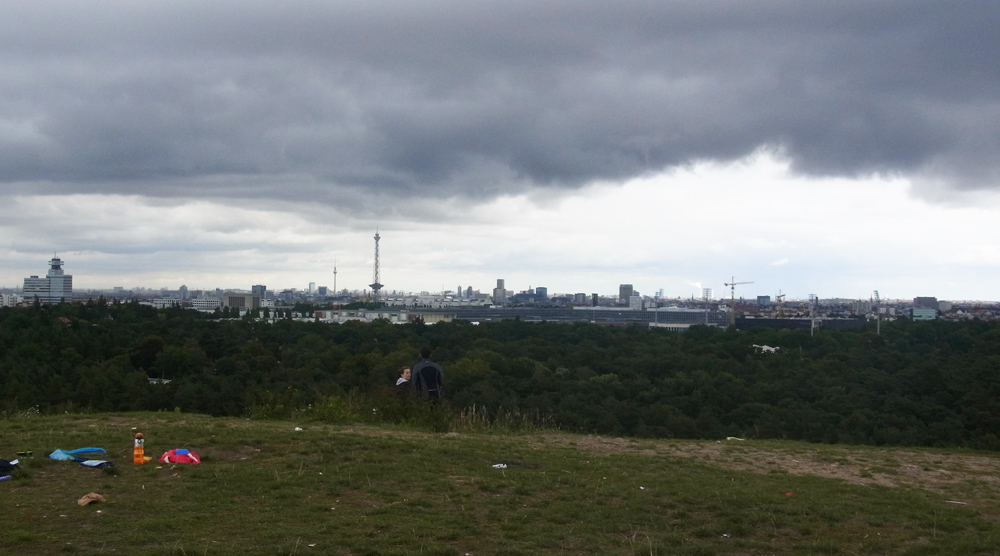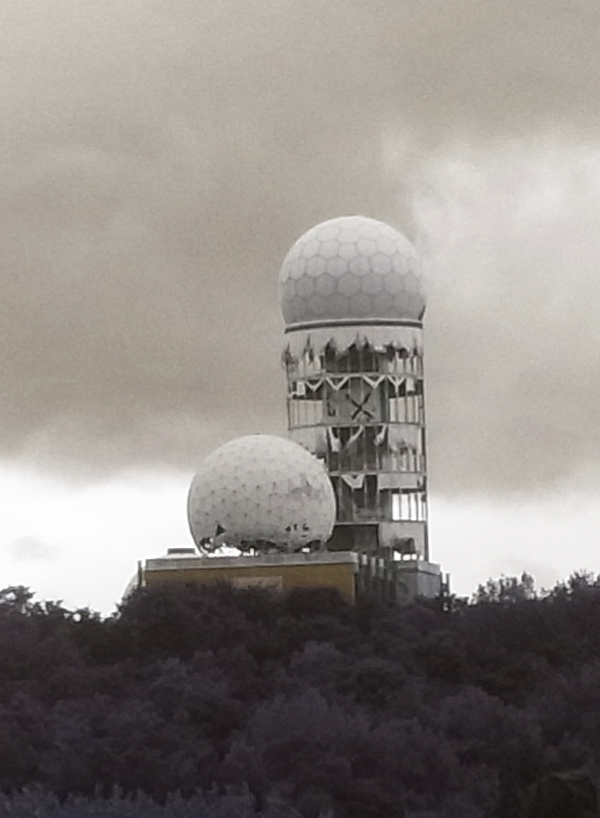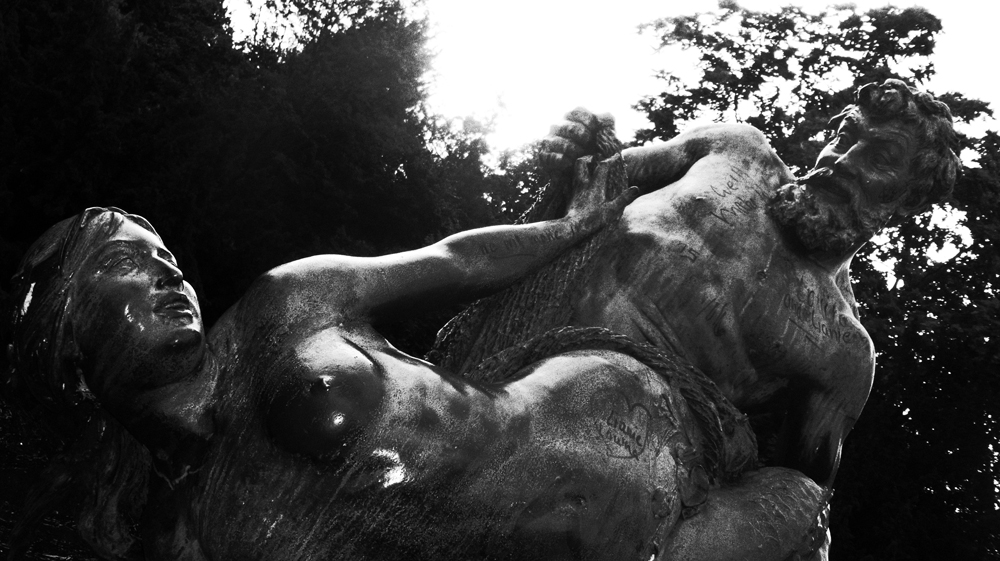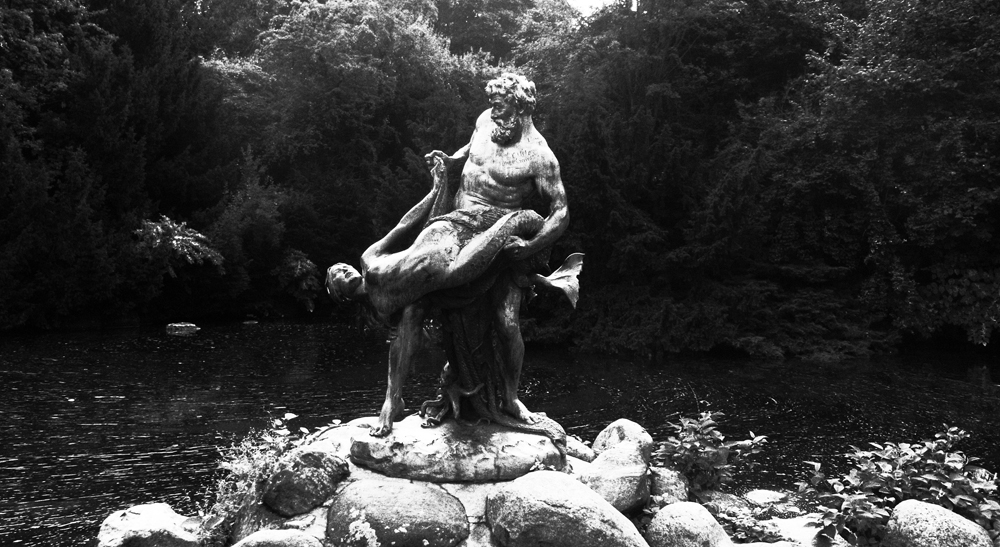„Berlin ist mehr ein Weltteil als eine Stadt.“
In this post, I now backtrack to the start of our journey when I arrived in Berlin to meet Daniela. We would dissolve her flat and begin our journey across Europe. The above quote, attributed by Wikipedia to the Bavarian romantic writer Jean Paul in the year eighteen hundred, still felt true, when more than two hundred years later, I arrived on a hot, sunny September’s day. I was soon enchanted by the broad tree lined avenues of the city and its murky, swan-filled canals (Berlin is said to have more bridges than Venice). The city had a feeling of a thriving mixing pot, diverse and difficult to generalise about. But I have heard that people come to Berlin from all across the world, they came to visit and they forgot to leave.
A note on food: I’ll start by saying that the coffee is generally awful. I could explain why, but to avoid sounding like a coffee wanker, I won’t. Despite this Berlin is frankly the best place in the world I have ever been for food. It is astoundingly cheap and excellent, though perhaps not typically German. You can get a big kebab for two-euro-fifty; juicy, gourmet Italian pizza for three-euro; a full meal in an authentic Vietnamese restaurant for five-euro; and we mustn’t forget the handmade pasta. There is also “Sunday brunch,” where, at a range of cafes (we had good cluster by the canal in Kreuzberg), you can eat as much as you desire from a vast buffet of delicious sweet and savoury dishes – cakes, mousses, chocolates, crapes, fruit salads, yoghurts, bacon, sausages, chicken, tomato-and-mozzarella, cheeses, potatoes, toasts, beans, egg, fresh salads, etc. Sorry to go on about it, but it really was dazzling, and all for the price of eggs-on-toast in New Zealand.
And if you felt like eating at home, then that was no problem, with the Kreuzberg Turkish market filled with fresh produce, the abundant and reasonably priced organic shops, and the supermarkets where wine and beer were ridiculously cheap, and you even got 20 cent for retuning the empty bottle. Having experienced the food scene in Berlin I am tempted to think that this may be a major factor in travellers visiting and not leaving. The poor artists of Berlin may indeed be poor, but they’d be a hell of a lot poorer if they lived in Auckland.
A note on the environment: Berlin, in contrast to the great cities of the west, is surrounded by a green ring of forests and lakes. These forests, covered with beach, oak, birch, willow and rowan are filled with foxes, wild boar, and naked athletes. I have even heard rumours of wolves returning from the east. Inside the city it is also green. The wide streets are lined with huge untrimmed trees. The large parks such as Tempelhof, Hasenheide and Tiergarten are filled with feral areas. Its flat topography and abundant bike lanes make it a city designed for bicycles, and they are a must for exploring the city.
A note on history: the history of Berlin is written into everything in that great city, and it is a history that is living, moving, and ever present. Of course there are the famous things: Check Point Charley, the famous crossing point between east and west Berlin frequently referenced in Cold War themed thrillers; the Berlin Wall itself, some parts covered in flowering murals, each one a different degree of political statement. There is the grand Brandenburg triumphal arch, comfortably distant in its historic significance. There is also the bust of Ernst Thälmann the great German communist, one of the eastern block colossi to survive reunification. There is much that I could write in this section but I will focus on two sites in Berlin, because for me they illustrate that sense of history in motion, the decaying old and the emerging new: Tempelhof and Teufelsberg.
Tempelhof is a vast abandoned airport right in the centre of the city. Its huge buildings are abandoned and the runways are now used by rollerbladers, cyclists and kiteboarders. Large organic gardens have sprung up on the flat grassy ground and it is a great open community space. Such a huge unused airport in the centre of a city like Berlin is something of an anomaly and has an interesting history.
Tempelhof receives its name from the knights Templar who owned the land in medieval times. It was then used as a parade ground for the Prussian armies and later the unified German armies. Tempelhof was first used as an airport in 1909 and officially designated as one in 1922 making it one of the oldest airports in the world. During the Nazi era Tempelhof was redesigned as the gateway to the great German Reich and the terminal building was constructed in the shape of a German eagle. The complex, remains one of largest buildings on earth and many believe that deep in its underground basements remain secrets of the Nazis. During the Cold War Tempelhof with its inner city location allowed the Americans to airlift supplies to West Berlin during the Berlin-blockade. It was also from Tempelhof that American planes took off to famously drop chocolate over the fields of East Germany. After the fall of the Berlin Wall Tempelhof continued to be used as an airport until 2007 in which it was finally closed. Now it is a community space, ringed by the largest example of fascist architecture and dotted with gardens. Berliners are attached to this community space and a battle over its future looks set to divide Berliners between those who want to keep it as community space and those who want to cover it in new developments. Tempelhof’s story is not yet over.
Teufelsberg or Devil’s hill, surrounded by Grunewald Forest, is the highest point in Berlin, but the hill itself is not natural and is constructed from an astonishing seventy-five million cubic metres of rubble, piled by the women of West Berlin at the end of the Second World War. Adjacent to the hill is a once top secret American spy base used by the NSA to collect intelligence from the Soviets. After the collapse of the Eastern Block the spy base was abandoned and the forest grew up through it and around it. It attracted, besides others, the interest of sound and visual artists because of the peculiar structure and acoustics. The spy station has now been taken over by punk tour operators who have the audacity to charge curious visitors upward of seven euros to enter, and only with groups at specified tour times, evidence of Berlin’s infamous and pernicious gentrification.
A tentative note on Berliners: Here I must be careful what I write for my love is a Berliner. Berliners come in all different types there are those who have always been there from the East and West who live their lives and to whom the city holds no more special appeal than simply the place they know as home. There are the minorities: the Turks, the Chinese, the Poles, and, increasingly, rich Italians. But the type of Berliner I am interested in is kind of a Berlin archetype the traveller that never left. Perhaps they came to Berlin and they found their scene, their social niche, their creative outlet. They had dreams and projects. Some made their fortune and met their lovers, but others did not. They contributed to giving Berlin its modern and alternative spirit. But Berlin, I have heard, can also be a lonely place, and in winter the skies are dark, the streets are cold and the expats dream of home.
desire & satisfaction from Daniela Gast on Vimeo.
